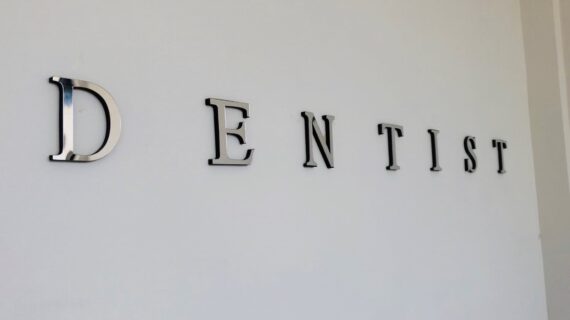Mobile Dentistry – A mobile food truck is well known by all people in the world, now it’s time we talk about the Mobile Dentistry. What is it? How effective it can be?
What is Mobile Dentistry ?
Mobile dentistry means that your dental equipment can be moved from place to place, in a bus, truck, trailer, airplane, boat, ship or some such transport. Portability and mobility are two different things. A portable dental unit is one, which you can fold up and carry in your hands to another location. A mobile dental unit is one that can be moved to another location, but probably not physically carried.1 Mobile dental delivery systems (MDDSs) are receiving growing interest for reaching isolated patients, as well as in dental care for fragile and hospitalized patients, with the advantage of being able to be used from room to room or during general anesthesia (GA) in an operating room. Therefore, ensuring the care safety is crucial.2 the term portable and mobile dentistry (PMD) describes the use of portable dental equipment only, mobile dental units only, or their combination. Historically, PMD use had been limited to certain states with large rural populations and almost exclusively in the non-profit sector.3
Although mobile and portable oral health programs initially focused on children in schools and Head Start programs, many now serve adults and the elderly, especially those in nursing homes or with unstable housing, those with developmental disabilities or other special needs, those with limited transportation, and those who otherwise lack access to private dental practices.4 The Examples of Potentially Effective Mobile Clinic Sites: Nursing home, Inner city school Oral Health Projects, Headstart and Migrant Project, Rural and remote communities, etc.5
PMD (Portable and Mobile Dentistry) offers many benefits to the patients as well. Being treated on site (at work, school, or other) means minimal interruption to their day. Additionally, dental anxiety may be reduced because, rather than being in a dentist’s o_ce, care is received in an environment that may be more familiar to the patient – there may be less opportunity for “white coat fever” to occur, as patients are away from the traditional dentists’ o_ce. While we recognize that a lifelong relationship with a dentist in a traditional o_ce may be more familiar and comfortable than a PMD setting, the PMD setting may prove more comfortable for some patients.3
As with all practices, there are shortcomings. Treating residential patients requires more time and patience than treating those in an office. Travel and consultation times reduce the number of daily patients. Equipment requires movement to and from a car, and sterilization procedures are performed elsewhere. Flexibility is essential as dental treatment plans are secondary to medical requirements. The area in which a procedure is performed may be more difficult to keep clean and sterile. These are obvious problems, but in comparison to a complete lack of care, the shortcomings can be overcome.6
Also Read Dental Clinic, The Best Time to Visit in The Middle of Pandemic
Resources:
- https://www.worlddentalrelief.com/book/Chpt%2015%20Mobile%20Dentistry.pdf
- https://www.ncbi.nlm.nih.gov/pmc/articles/PMC7084903/
- Gupta S., Hakim M., Patel D., Stow L.C., Shin K., Timothe P., Nalliah R.P. Reaching Vulnerable Populations through Portable and Mobile Dentistry- Current and Future Opportunities. J. 2019, 7, 75. MDPI
- Oral Health Workforce Research Center. An Assesment of Mobile and Portable Dentistry Programs to Improve Population Oral Health. University at Albany. 2017. US
- Hight A. Mobile Dental Clinics: What Works, What to Watch and What to Avoid. Sullivan-Shcein Dental
- https://www.dentaleconomics.com/macro-op-ed/article/16389735/challenges-and-potential-rewards-for-mobile-dentistryy

